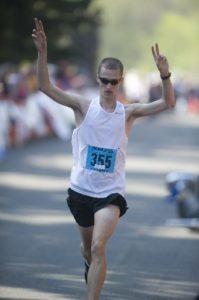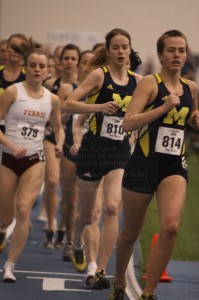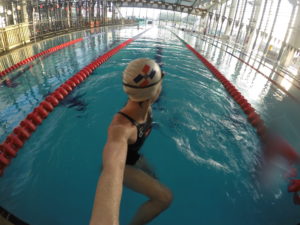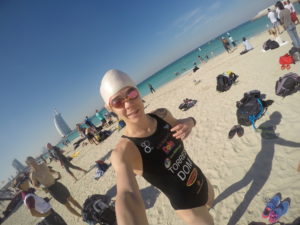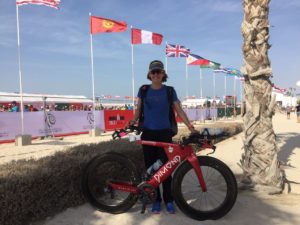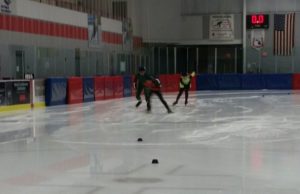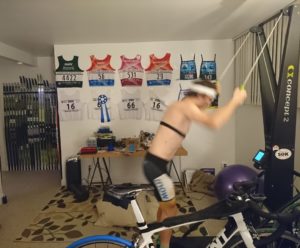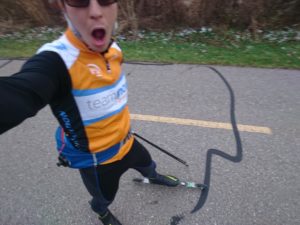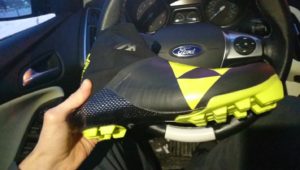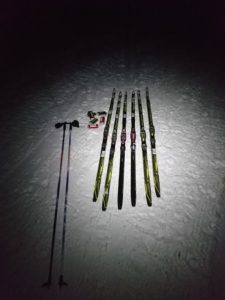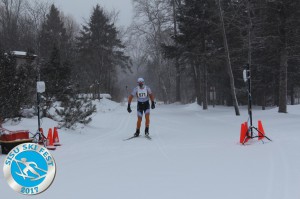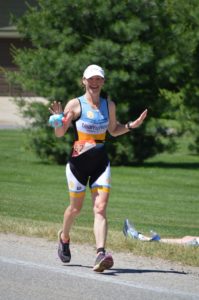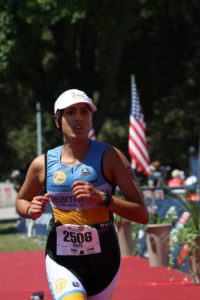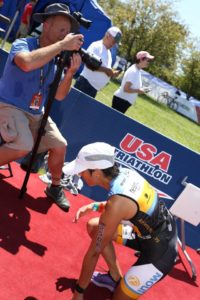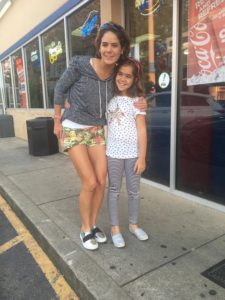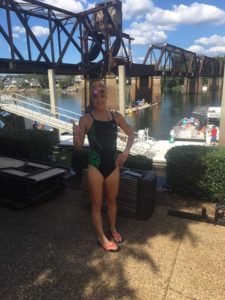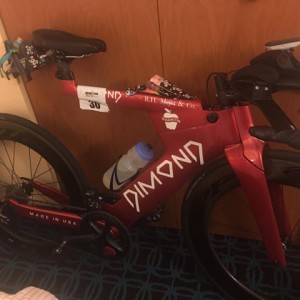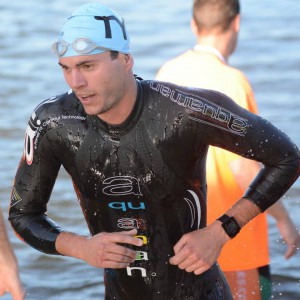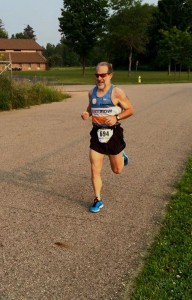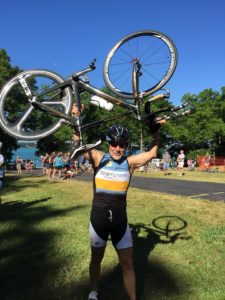-By Brian Reynolds, Team Athletic Mentors triathlete
Over the past 16 years of being a runner and triathlete I have learned many life lessons. I would like to share the 5 key life lessons I’ve learned.
-
Overcoming adversity – Throughout our life we will always have to deal with challenges whether they’re big or small. When training for a marathon or Ironman event there were always
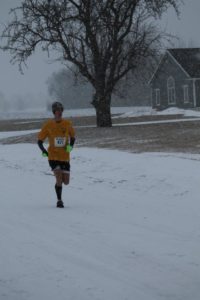 challenges to overcome. There were days when I had to run in snowy 5 deg F weather even though it was freezing and uncomfortable. I had days when I didn’t feel like training due to fatigue or just not being in the mood but I still did the workout anyways. There were very challenging workouts that made anxious before even doing it. I had injuries that forced me to limit my training. However, I made the necessary adjustments to my training to help me stay on track for the racing season. My determination and passion to achieve my goals help motivate me to overcome this adversity.
challenges to overcome. There were days when I had to run in snowy 5 deg F weather even though it was freezing and uncomfortable. I had days when I didn’t feel like training due to fatigue or just not being in the mood but I still did the workout anyways. There were very challenging workouts that made anxious before even doing it. I had injuries that forced me to limit my training. However, I made the necessary adjustments to my training to help me stay on track for the racing season. My determination and passion to achieve my goals help motivate me to overcome this adversity.
-
Patience – Sometimes we have to wait a long time before accomplishing our biggest dreams. For example, my dream was to win a marathon. In 2011, I entered the Kalamazoo marathon which was my first and I won it! Some people will say beginners luck; however, I was a runner for 10 years prior to the marathon which made me no beginner. During those 10 years I’ve accumulated over 15,000 miles and raced distances from the 5k to the half marathon. I wouldn’t have won the Kalamazoo marathon if I just started running the year before. I needed those 10 years to improve as a runner to help prepare me for that moment in Kalamazoo. The tiny improvements I made day to day added up to accomplishing my dream because I gave myself the time to develop. Patience will always payoff in the end.
-
Setting SMART goals – Setting goals for the season are very important. I always try to set challenging BUT attainable goals. Goals can be a great motivation tool and gives an athlete accountability. However, setting an unrealistic short term goal will not help you have a better season. Instead, an unrealistic goal can sabotage a season by causing an athlete to overtrain and/or be disappointed because their goal was not met. These unrealistic goals are best saved for long term goals because given time and persistence they may be attainable.
When I was training for the 2014 Kalamazoo Marathon my goal was to run a 2:30 which would be a 4 minute PR. As the season progressed, I was having good workouts so I thought a 2:28 goal was doable. Later in the season I started to overreach a bit by pushing myself a little too hard in workouts. I went into the race in a more fatigued state and paced it too fast. As a result I didn’t have my best race. Looking back I wish I had a coach to help me set a realistic goal and monitor my progress to make sure I was on track for achieving my goal.
-
Work ethic – This is the #1 attribute that I learned while being a runner and triathlete. All of my achievements were due to the hard work and dedication I put into my training. The more work I put in training the faster I got. To help myself stay dedicated during High School Cross Country and Track I started a consecutive running streak which meant I ran at least 1 mile everyday. My running streak is still strong going to this day. If it’s one thing that I’ve learned when it comes to running or triathlons an athlete cannot get lucky and have a great race without putting in the work. The work you put in is a direct result of how well you perform in the races!
-
Talent does not determine success – My favorite Steve Prefontaine quote is “Success isn’t how far you got, but the distance you traveled from where you started.” Steve is known as one of the greatest US distance runners in history. Even though Steve was a very talented runner his quote suggests that success should be based on a athlete’s growth and improvement. For instance, an athlete’s success should not be based on their 5k time but rather the improvements they’ve made from where they started. We shouldn’t try to compare ourselves with others because it really doesn’t matter. What really matters is how far you’ve come as an athlete and person. Don’t get me wrong I’m guilty of sometimes comparing myself to other ‘fast’ athletes. These ‘fast’ athletes do give me inspiration and motivation to become better. However, my measuring stick for success is the progress I’ve made over the past 16 years.
The post Life Lessons from Running and Triathlons appeared first on Team Athletic Mentors.




 Our Hockey Site
Our Hockey Site Team AM
Team AM


